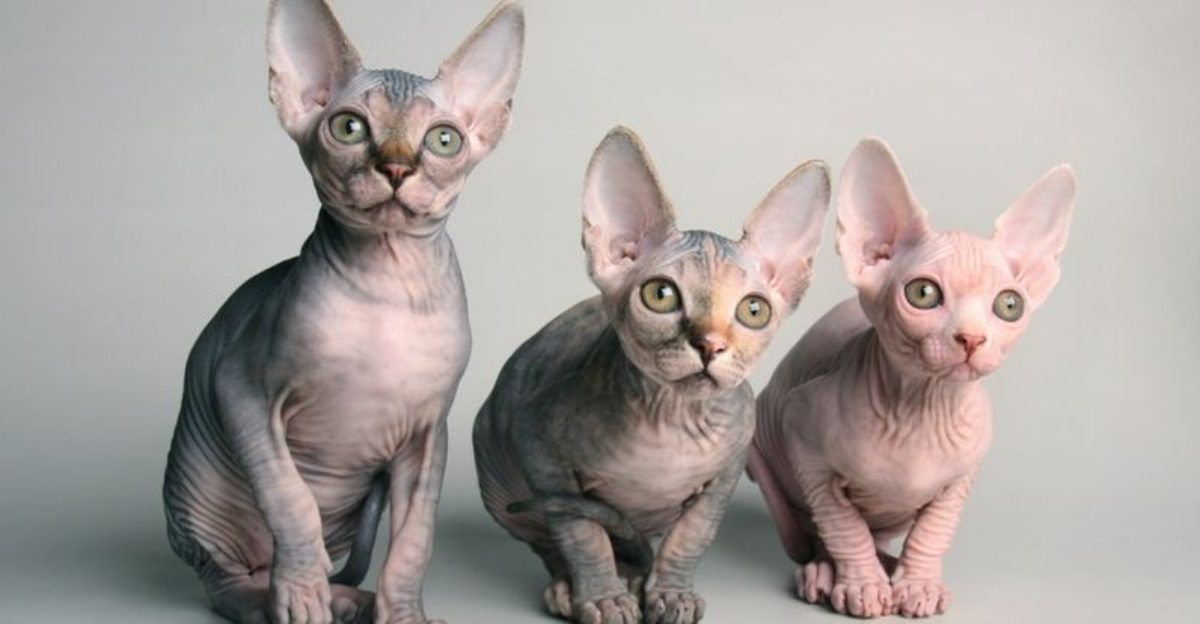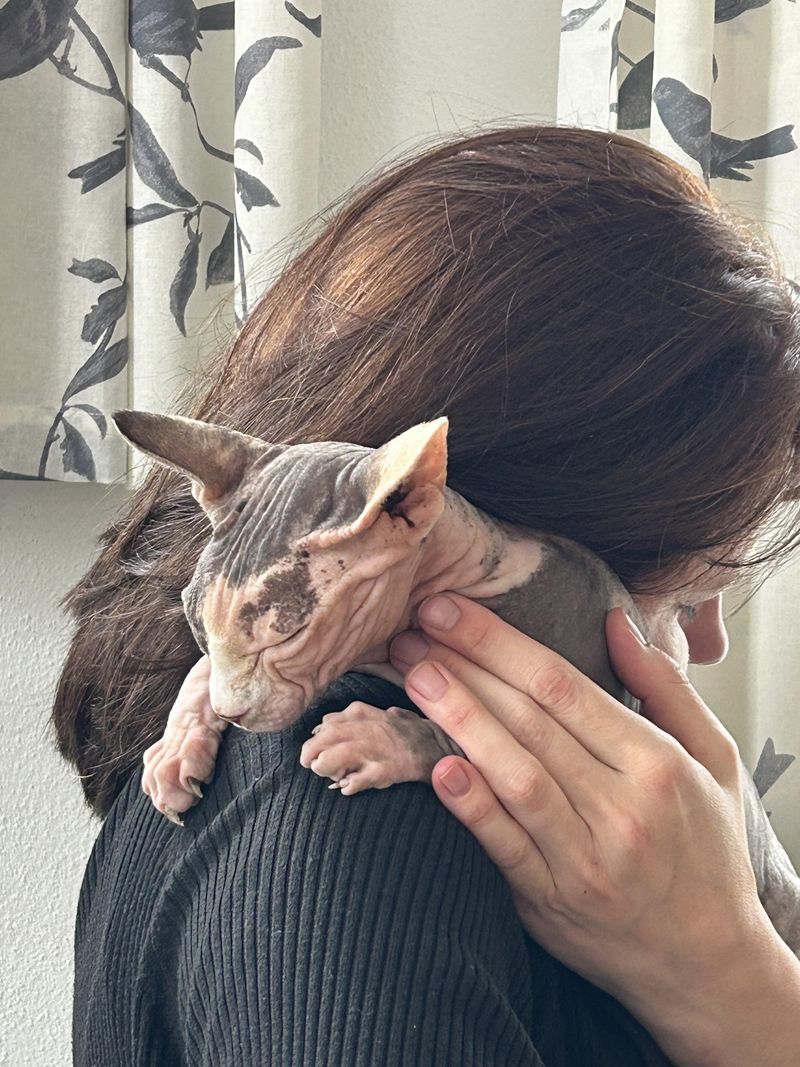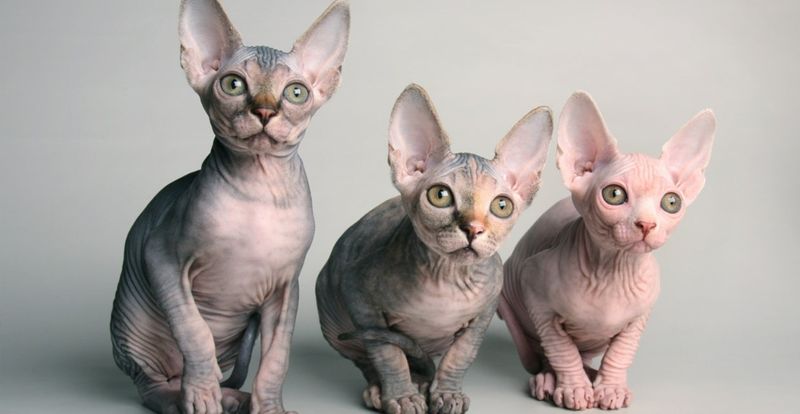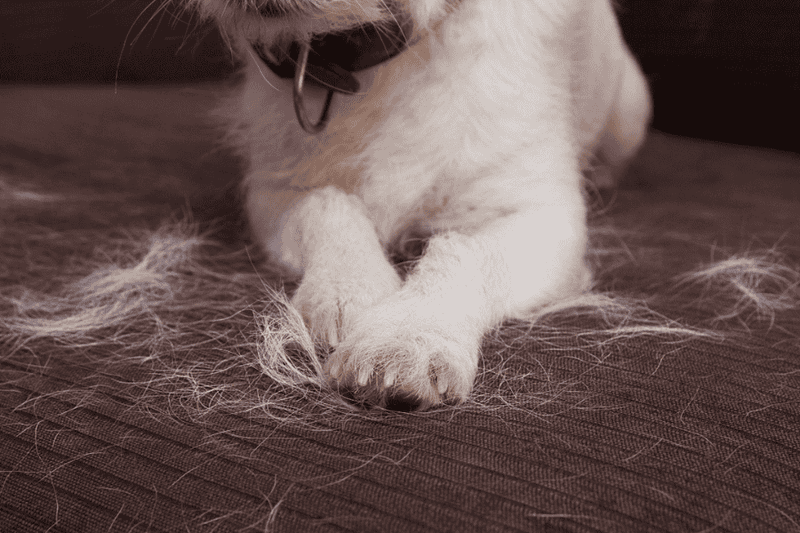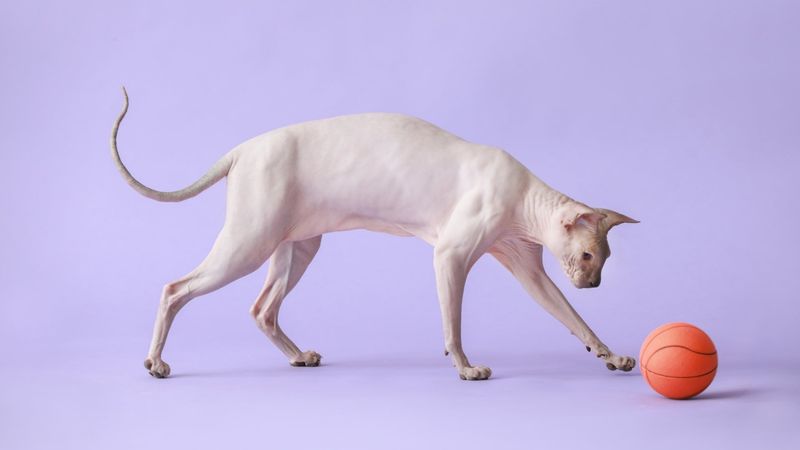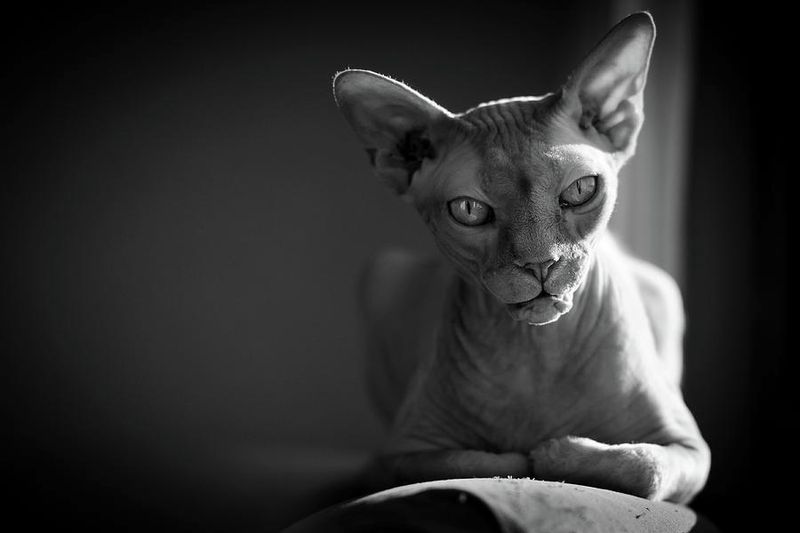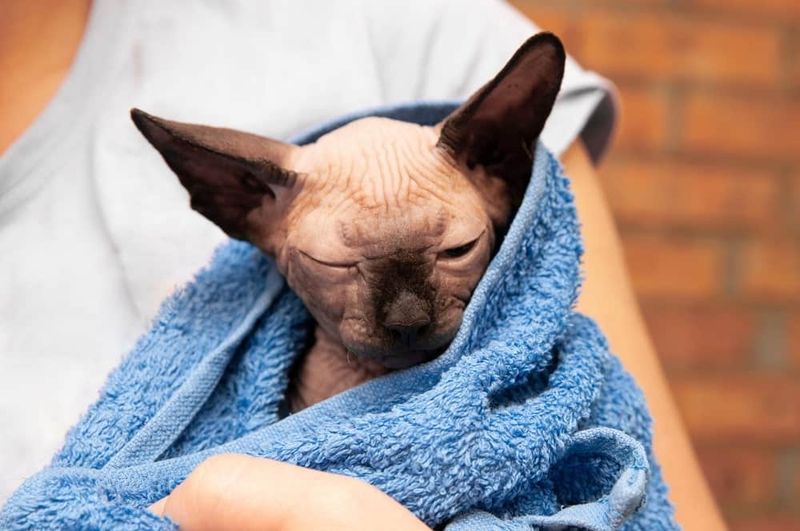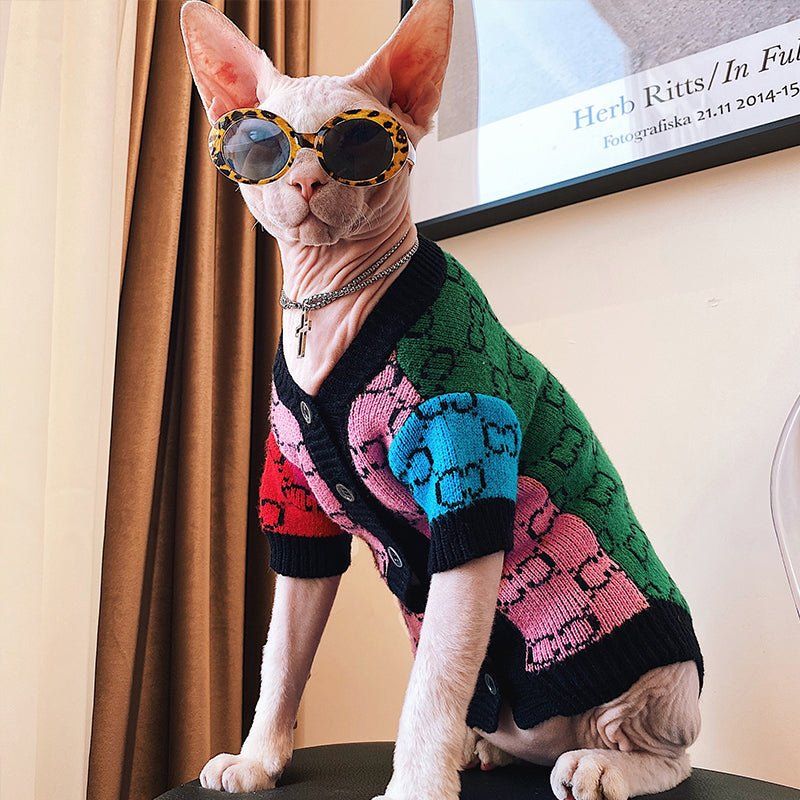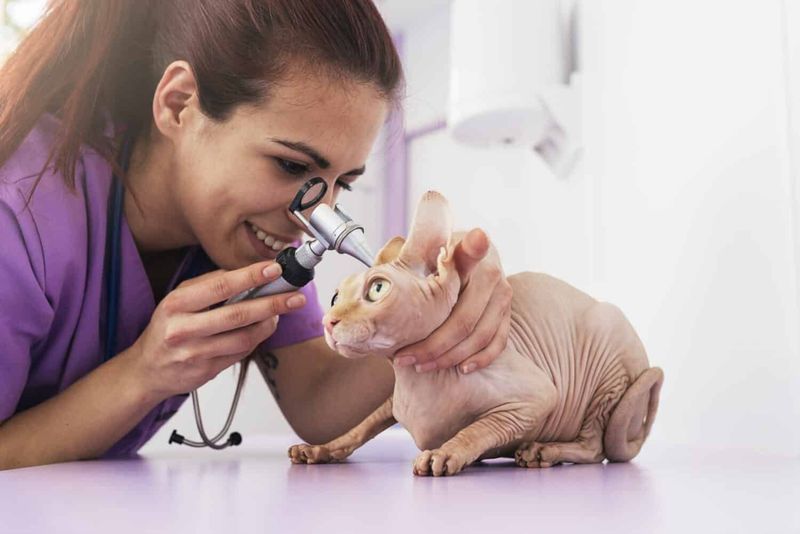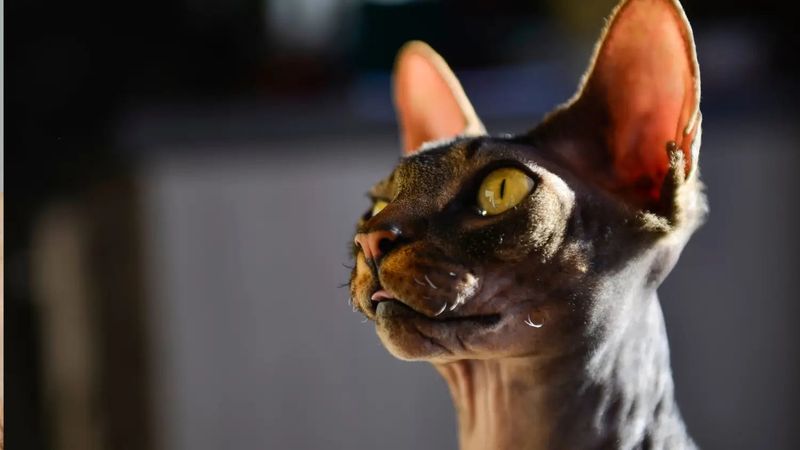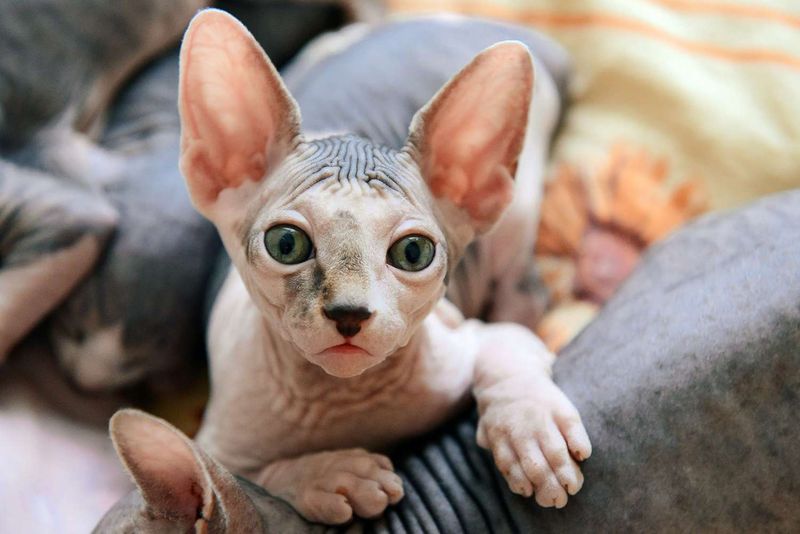📖 Table of Content:
Among the many unique cat breeds out there, few draw as much fascination—or confusion—as the Sphynx cat. With their striking lack of fur, prominent cheekbones, and oversized ears, these cats look like they’ve stepped out of an ancient myth or a sci-fi film. But there’s far more to the Sphynx than its unconventional appearance.
Beneath that bare exterior lies a warm, affectionate soul known for its deep love of human companionship. Owners often compare Sphynx cats to dogs because of how interactive and clingy they can be. Whether it’s following you around the house or snuggling under the covers, they crave constant connection and attention. Their intelligence, energy, and social nature make them a delight to some and overwhelming to others.
However, like any breed, Sphynx cats aren’t perfect for everyone. Their distinctive look comes with equally distinctive needs, and first-time cat owners may be surprised by the upkeep required. If you’re considering bringing one home, it’s important to weigh the upsides and the challenges. Here’s a closer look at five standout pros and five potential drawbacks of owning a Sphynx cat.
1. Affectionate and Social
From the moment they meet you, Sphynx cats tend to latch onto their humans with unshakable affection. Unlike aloof or independent breeds, these cats prefer to be right in the thick of family life. Whether you’re working on your laptop or binge-watching a series, they’ll find a way to curl up beside you—or on you. They don’t just tolerate attention; they demand it, often using their paws like hands to pull you closer. This makes them ideal for households where companionship is a priority. They’re also generally good with kids and other pets, making them well-suited for dynamic, social homes. If you’re looking for a cat with the emotional warmth of a dog, the Sphynx delivers in spades.
2. Low Allergen Shedding
Despite being hairless, Sphynx cats aren’t entirely hypoallergenic—but they can be easier on allergy sufferers. Because they don’t have a coat to shed, they release far fewer allergens into the air and onto your furniture. This means fewer sneezes, less eye irritation, and a generally more breathable home. While not a guarantee for those with severe cat allergies, they can be a viable option worth testing. Regular bathing can further reduce the presence of dander and oils, minimizing allergic reactions. Many owners who previously struggled with allergies report a more comfortable experience with the Sphynx. It’s not a perfect fix, but it’s a significant improvement for many.
3. No Shedding Mess
Say goodbye to fur-covered clothes, furniture, and blankets when you live with a Sphynx cat. These hairless wonders eliminate the constant battle against shedding, which many cat owners dread. Lint rollers, vacuuming, and anti-shedding sprays are rarely needed in homes with a Sphynx. This cleanliness is a game-changer for those with minimalistic or allergy-sensitive households. However, they do leave behind skin oils, so you’ll want to wipe down beds and cushions regularly. Still, the absence of flying fur in your environment creates a cleaner, neater living space overall. It’s an often overlooked but deeply appreciated perk of Sphynx ownership.
4. Playful and Intelligent
Bright, curious, and eager to interact, Sphynx cats are intellectual powerhouses in the feline world. Unlike some lazier breeds, they’re constantly on the move, exploring their surroundings and finding creative ways to entertain themselves. Puzzle toys, climbing trees, and laser pointers are all part of their daily fun. They also learn tricks quickly and enjoy interactive games that challenge their minds. This intelligence keeps owners engaged and often leads to a deeper bond through training and play. They’re the kind of cat that might open drawers or solve simple puzzles if left alone. Boredom is not in their vocabulary, and they’ll make sure it’s not in yours either.
5. Unique Appearance
Whether admired or misunderstood, the Sphynx’s look is undeniably unforgettable. With their wrinkled skin, high cheekbones, and expressive eyes, they resemble little alien royalty. This distinctive appearance often draws admiration from cat lovers and sparks endless conversations. They’re photogenic, too, often dominating pet Instagram accounts with their quirky charm. The lack of fur also highlights their musculature and grace, revealing the raw physical beauty of feline anatomy. Some owners even enjoy dressing them in soft, fitted clothes to emphasize their aesthetic. If you’re looking for a pet that stands out in a crowd, this breed is a showstopper.
1. High Maintenance Skin Care
Contrary to what one might think, hairlessness doesn’t mean low maintenance—quite the opposite. Without fur to absorb their body’s natural oils, Sphynx cats accumulate grime quickly on their skin. This buildup can lead to clogged pores, irritation, and an unpleasant odor if not addressed regularly. Bathing your cat weekly or biweekly becomes a non-negotiable part of the care routine. Their nails and ears also require frequent cleaning, as they collect oil and dirt more visibly than other cats. It’s a labor of love that not all pet owners are prepared for. If you’re not comfortable with regular grooming, this cat may prove more demanding than expected.
2. Temperature Sensitivity
Warmth is essential for a Sphynx cat’s comfort due to their lack of insulating fur. These cats feel the cold more acutely and often need heated beds or cozy clothes to stay comfortable. In winter months, they might shiver or seek out warmth under blankets and on radiators. Conversely, they’re also vulnerable to sunburn if exposed to direct sunlight for too long. Owners must be mindful of room temperature and sun exposure at all times. A Sphynx thrives best in a climate-controlled environment where extremes are avoided. It’s a detail that demands consistent attention and care, even during everyday routines.
3. Health Risks
Some Sphynx cats may inherit conditions such as hypertrophic cardiomyopathy (HCM), a serious heart disease. This breed’s popularity has unfortunately led to irresponsible breeding in some cases, increasing the risk of genetic disorders. Responsible breeders test for health issues, but no cat is guaranteed illness-free. Owners should budget for routine echocardiograms and thorough vet visits to catch any issues early. Their immune systems can also be more delicate than other breeds’, requiring close monitoring. Pet insurance is often recommended due to the potential for higher veterinary bills. Health-wise, owning a Sphynx is a bigger commitment than owning most cats.
4. Expensive to Buy and Maintain
Initial costs for a purebred Sphynx kitten can range from $1,500 to $3,000 or more. That’s just the beginning—bathing products, specialized food, supplements, and heating accessories add to ongoing expenses. You may also need to invest in hypoallergenic bedding and gentle grooming supplies. Unlike more self-sufficient breeds, Sphynx cats require routine upkeep that quickly adds up in cost and time. They’re not ideal for budget-conscious pet owners or those looking for a low-maintenance companion. However, many Sphynx owners feel the reward outweighs the price. But make no mistake—this is not a cheap pet to raise.
5. May Not Suit All Lifestyles
Some pets adapt well to independent living, but the Sphynx is not one of them. They thrive on attention and are known to become anxious or depressed when left alone for extended periods. This makes them poorly suited for people who travel often or work long hours away from home. Their need for constant companionship may feel overwhelming to more introverted owners. If left unstimulated, they can become destructive or clingy in ways that some might find irritating. In multi-pet households or homes with stay-at-home members, they fare better. Ultimately, they need a lifestyle that matches their emotionally intense nature.
